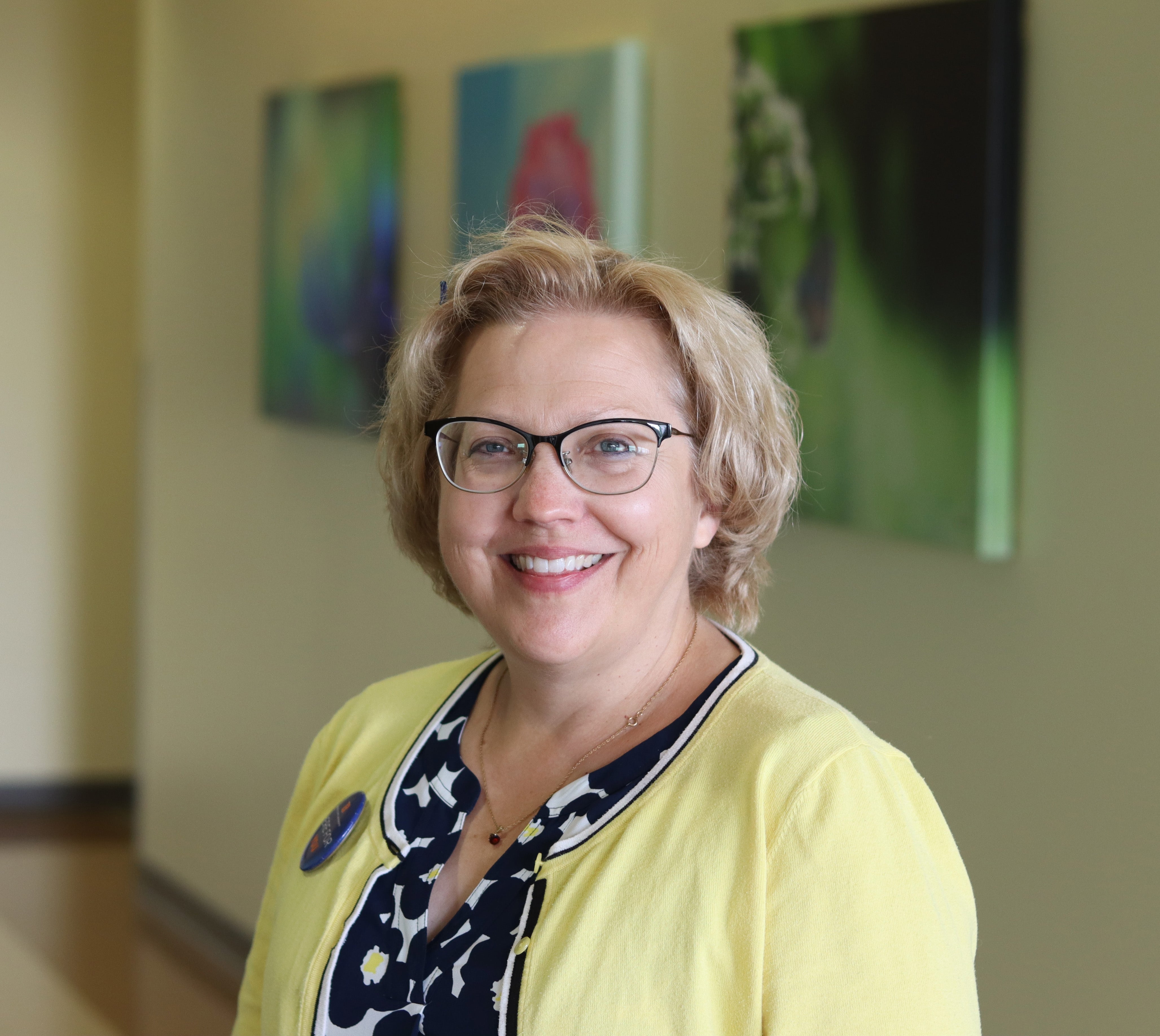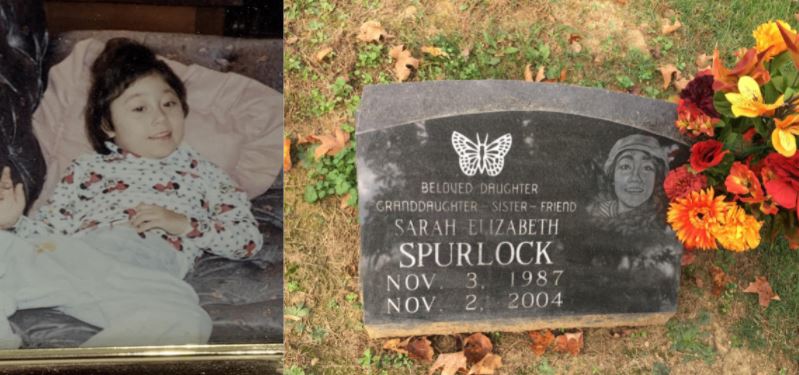For many parents and caregivers around the world, getting food from a plate to a child’s belly may seem pretty straightforward. For some, though, mealtime involves tubes and knobs on medical equipment instead of forks and knives on a plate. According to a study from 2017, 10-15 % of children worldwide require tube feeding due to injury or illness. Amy Spurlock, a professor at Boise State’s School of Nursing, helps advance the practice of blenderized tube feeding through her research into safety, efficacy, and the experiences of patients and caregivers.

In 2002, Spurlock met her husband Jeff and his youngest daughter, Sarah, who was born with microcephaly and related cerebral palsy. Sarah died two years later at the age of 16 during a routine procedure related to side effects from tube feeding. Patients who required tube feeding at the time used commercially available formulas, similar to baby formula, which are made up of cow’s milk, proteins, and amino acids rather than whole foods.
A common side effect of such formulas is acid reflux, which can cause pneumonia if gastric juices back up into the mouth and a person inhales them. During an episode of pneumonia, Sarah underwent a routine tracheostomy change that was supposed to help her breathe easier. She died during the procedure.
“A few years after we lost Sarah, a colleague of mine who is a registered dietician told me about a client of hers who had a toddler on a feeding tube,” Spurlock said.
The formula prescribed for the child was nutritionally complete but caused side effects including constipation and diarrhea.
“In a fit of desperation, the client poured blended green beans from a baby food jar into her son’s feeding tube, and his body responded well,” Spurlock said. “His symptoms improved. He loved it. Turns out, there was a movement of parents feeding blended whole foods to their children at home, but it wasn’t happening in hospitals. I got to thinking, I wonder if that could have helped Sarah?”

From formula feeding to whole foods
The practice of using blended whole foods in feeding tubes is called blenderized tube feeding. Formula feeding was considered safer and more sterile than blenderized tube feeding by the medical community for several decades, even if it led to unexpected side effects. Doctors, nurses, and other healthcare professionals were concerned about bacterial contamination during this practice, especially if these blended meals were being made at home. Spurlock and her colleagues at Troy University in Alabama found that homemade blended meals are as safe as commercially available formula meals prepared in hospitals (if eaten within an appropriate time period, usually less than 12 hours), but have a greater impact on a patient’s nutrition and quality of life.
“In one of our studies, we talked with parents who use blenderized tube feeding for one child but not for others,” Spurlock added. “Someone said that they want all of their children to eat at the table together, and everyone to eat the same meal as a family. Some parents made the switch for that reason, not just for the health benefits of a more well-rounded diet.”
As practices around tube feeding have developed, nutrition companies providing pre-made blended whole food meals have developed as well. In her most recent publication, Spurlock and her colleagues examined the use of Real Food Blends in tube feeding for patients with head and neck cancer. Such resources and research are valuable for parents who want to provide whole food diets to their children in their own home, around their own dinner table.